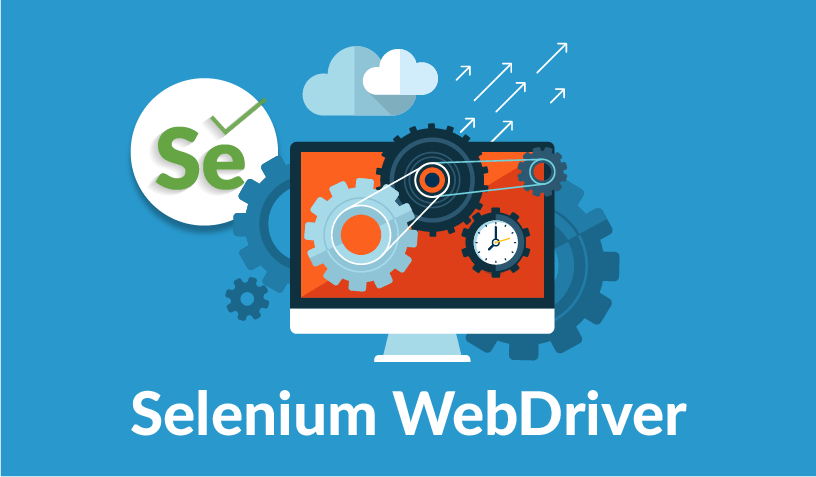
Best Practices for Writing Effective Selenium WebDriver Tests

Selenium WebDriver is a popular open-source framework for automating web browsers. It provides a powerful toolset for testing web applications and ensuring their functionality across different browsers and platforms. However, writing effective WebDriver tests requires careful planning and adherence to certain best practices. In this blog post, we will explore some key strategies and techniques to help you write high-quality and maintainable Selenium WebDriver tests.
1 : Choosing the Right Locator Strategies
One of the critical aspects of WebDriver testing is selecting appropriate locator strategies to identify web elements. We will discuss various techniques such as ID, name, class name, CSS selectors, and XPath, along with their advantages and trade-offs. By using the right locators, you can improve the stability and reliability of your tests.
2 : Implementing Explicit Waits
Timing issues can often lead to flaky tests. Explicit waits allow you to pause test execution until a certain condition is met, such as the presence of an element or its visibility. We will delve into different explicit wait strategies provided by WebDriver and demonstrate how they can eliminate synchronization problems and make your tests more robust.
3 : Organizing Tests with Page Object Model (POM):
A business can’t simply release a product and hope for the best. QA helps digital organizations plan how they will approach product quality. QC helps ensure digital businesses that the finished product meets expectations. QC and QA play vital roles in delivering top-quality services and products to customers and securing revenue for the business.
4 : Handling Dynamic Content and Pop-ups
Many modern web applications include dynamic elements, such as AJAX calls, JavaScript-driven interactions, or pop-up dialogs. We will cover effective strategies to handle such dynamic content in WebDriver tests. Whether it's waiting for AJAX requests to complete or interacting with pop-ups, you will learn how to deal with these common scenarios effectively.
5: Data-Driven Testing with Test Data Management
Data-driven testing allows you to execute the same test with multiple sets of data, enabling better coverage and scalability. We will explore techniques for managing test data and demonstrate how to incorporate it into your WebDriver tests. By leveraging external data sources or utilizing data providers, you can create more versatile tests and improve the efficiency of your test suites.
6 : Continuous Integration and Reporting:
Integrating WebDriver tests into a Continuous Integration (CI) system is crucial for achieving efficient test execution and timely feedback. We will discuss how to configure WebDriver tests in popular CI tools and generate meaningful reports. Additionally, we will explore options for capturing screenshots, logging, and leveraging reporting frameworks to enhance test result analysis.
Conclusion
Writing effective Selenium WebDriver tests requires a combination of technical skills, best practices, and an understanding of the underlying web application. By following the strategies discussed in this blog post, you can improve the reliability, maintainability, and scalability of your WebDriver test suite. Embracing these best practices will help you deliver higher-quality web applications and accelerate the software testing process.